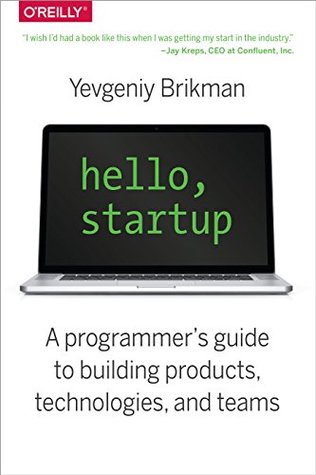More on this book
Kindle Notes & Highlights
Read between
February 3 - February 22, 2020
When you grow up you tend to get told the world is the way it is […] Try not to bash into the walls too much. Try to have a nice family, have fun, save a little money. That’s a very limited life. Life can be much broader once you discover one simple fact: Everything around you that you call life was made up by people that were no smarter than you and you can change it, you can influence it, you can build your own things that other people can use. Once you learn that, you’ll never be the same again. [Jobs 2011], Steve Jobs
The best thing you can do to come up with a lot of new ideas is to learn a lot of old ideas.
Even if the customer is fully aware of their own needs and even if they are willing to be honest with you, most of the time they still won’t be able to help you find a good solution, as customers usually only think in terms of 10% better, faster, and cheaper
Whether you’re trying out ideas for a new product that no one has ever used or adding new features to an existing product that has lots of traction, you should use the MVP mindset, which can be summarized as: Identify your riskiest, most central assumption. Phrase the assumption as a testable hypothesis. Build the smallest experiment (an MVP) that tests your hypothesis. Analyze the results. Repeat step 1 with your new findings.
The same reasoning applies to building an MVP. What is important in your product? What are you actually building in the MVP? Why aren’t those one and the same?
Just as a weightlifter gets used to the sensation of physical exertion and seeks out activities that make their muscles burn, you need to become accustomed to the sensation of mental exertion and seek out tasks that strain your mind.


